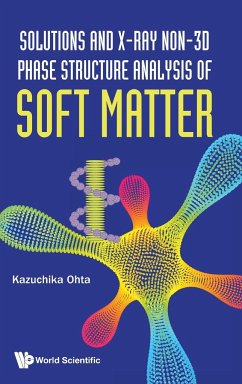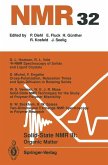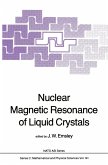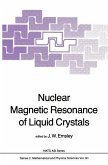Most researchers would relate X-ray structure analysis to crystal structure analysis. A crystal is a state in which atoms or molecules are regularly arranged in three-dimensional space. However, some substances do not have 3D structures, but have 1D, 2D, 1D¿1D, 2D¿1D or 1D¿1D¿1D structures. Here the symbol ¿ stands for direct sum in linear algebra and is different from ordinary sum +. For example, 2D¿1D means the direct sum of a 2D subspace and an orthogonal 1D subspace, not 3D. In a previous book, Physics and Chemistry of Molecular Assemblies, published in April 2020, the author showed for the first time that molecular assemblies can be represented in a unified manner from such subspaces of linear algebra, and wrote the theory and method of X-ray structure analysis of the liquid crystal phase structures with the dimensional structure of 1D, 2D, 1D¿1D, 2D¿1D, and 1D¿1D¿1D. Furthermore, the X-ray liquid crystal structure analysis methods of 11 representative examples were concretely described. In addition, 110 X-ray data were posted as the end-of-chapter problems in Chapter 3. Using the methods developed by the author, these 110 problems can be solved in principle with a calculator, graph paper, a ruler, and a compass, although it takes time. However, when you use only a calculator, a graph paper, a ruler or a compass, it would probably take more than one year to analyze all the observed X-ray data in Chapter 3. Therefore, the author's research group has developed a computer program named "Bunseki-kun." By using this program, we can easily analyze the liquid crystal phase structures from the observed d spacings. Thus, when you will use this program, you will be able to analyze the liquid crystal phase structures within 1/100th to 1/1000th of the time. Those who purchase this book will be able to freely download this program from the following URL set by the publisher.








